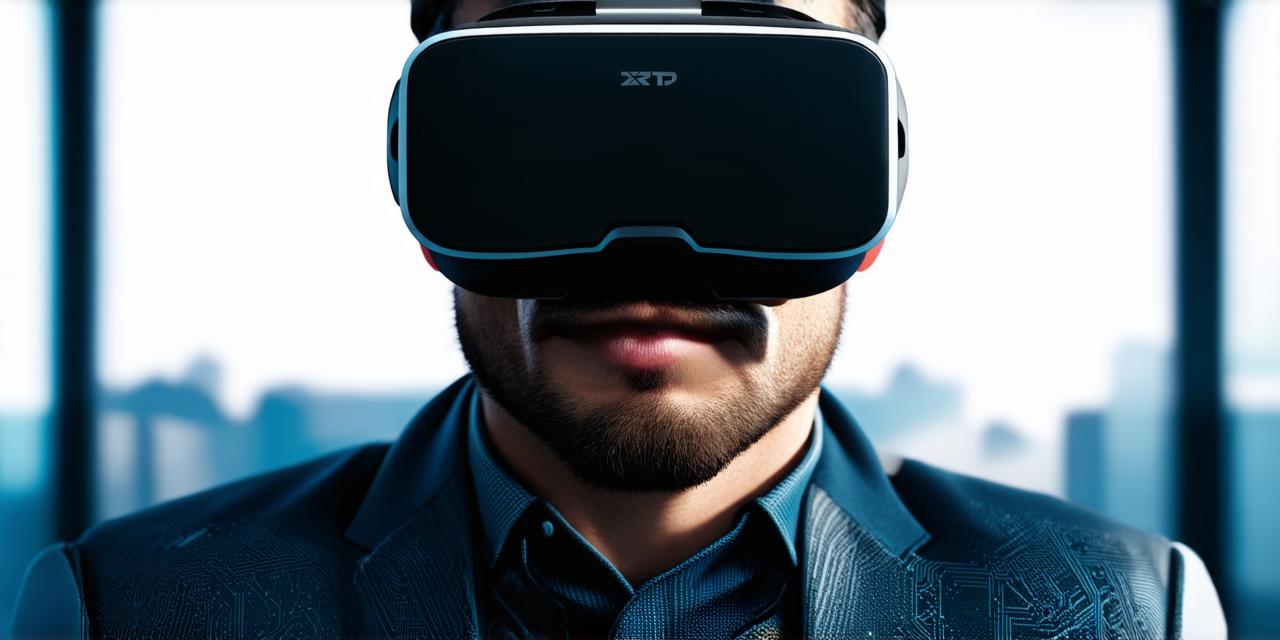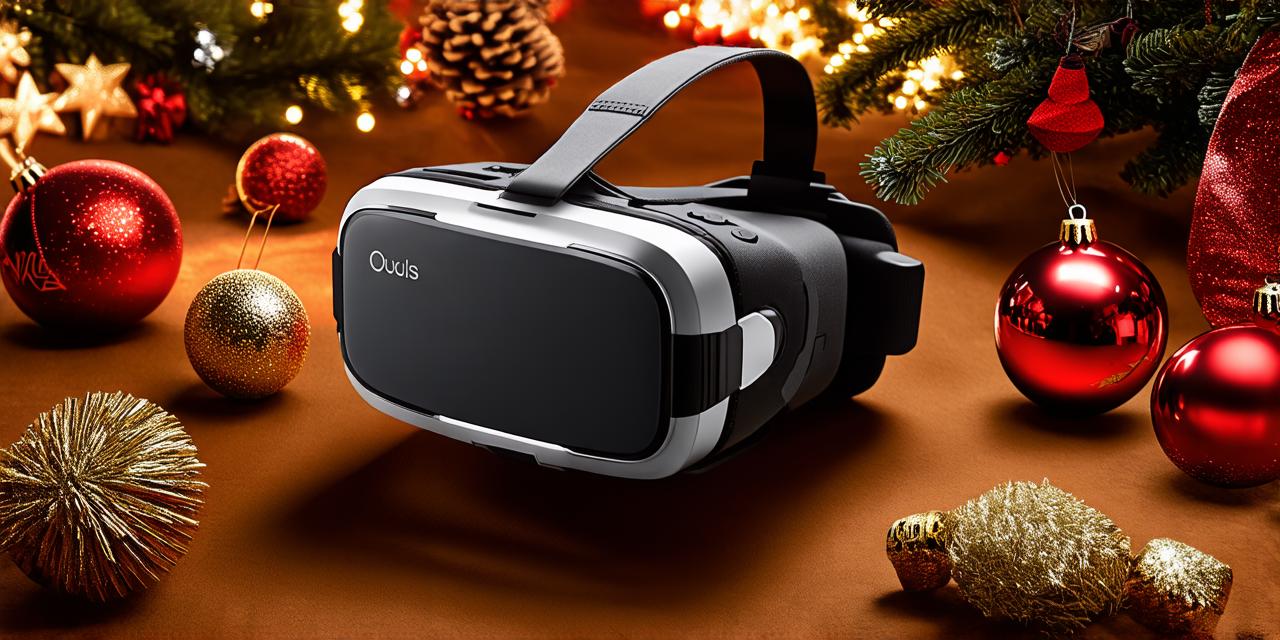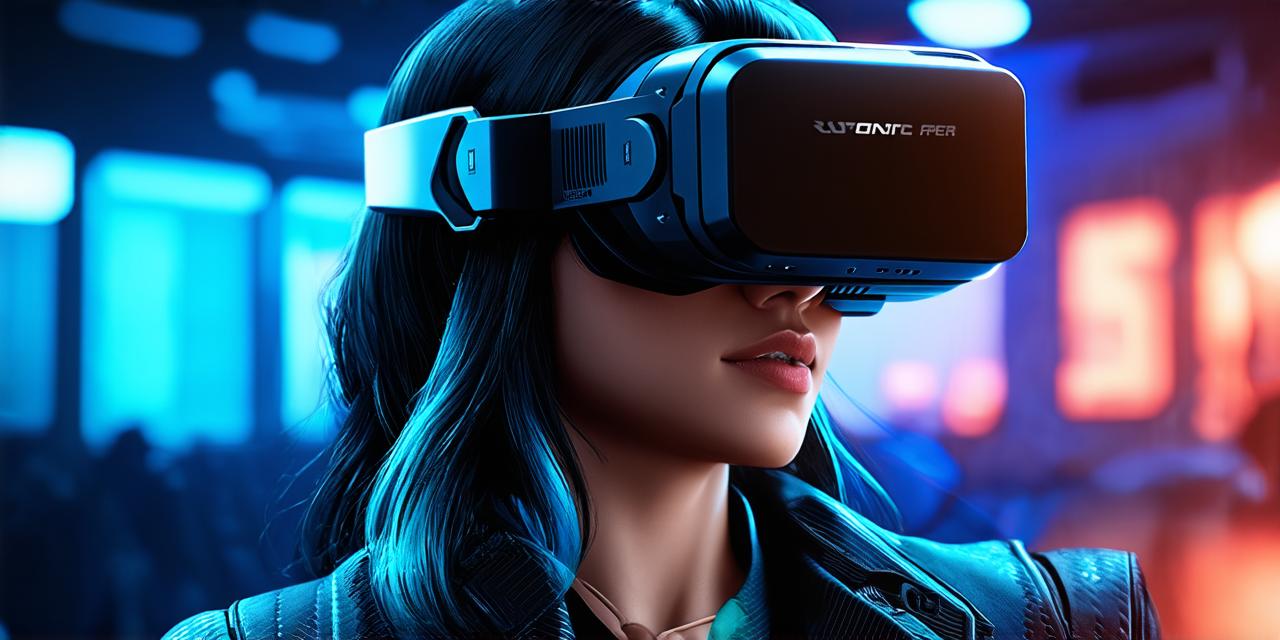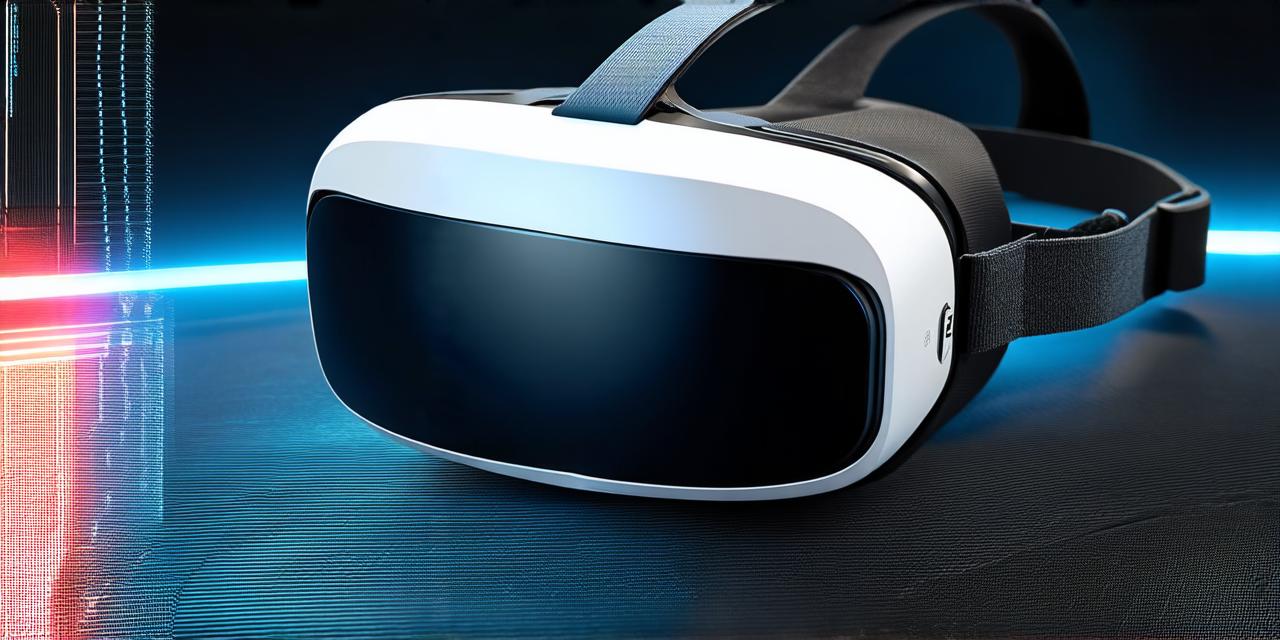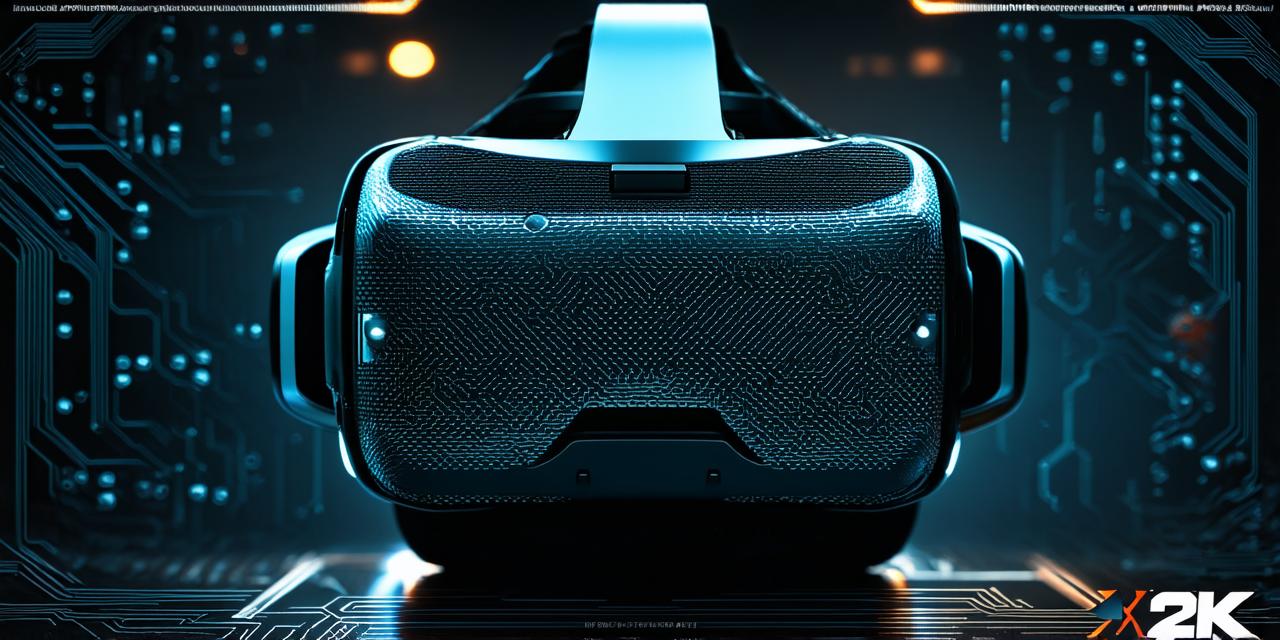The Most Popular VR Headset: Oculus Quest 2
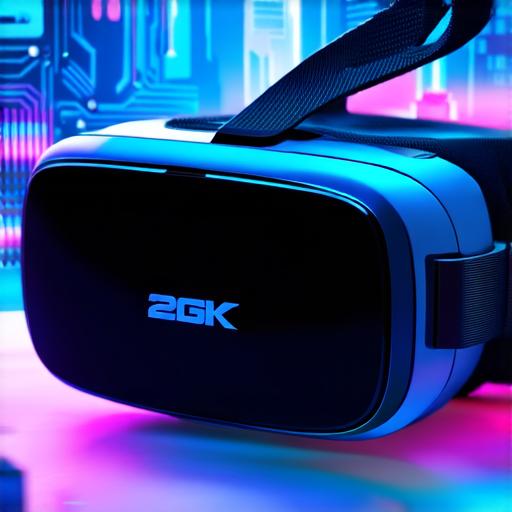
The Oculus Quest 2 is one of the most popular VR headsets on the market today. It offers a high-resolution display, fast refresh rate, and built-in sensors that allow for smooth tracking of user movement. The Quest 2 also supports wireless connectivity to a PC or gaming console, making it easy to use with existing hardware.
The Science Behind VR Headsets: How They Create Immersive Experiences
VR headsets work by presenting stereoscopic displays – two screens that display slightly different perspectives from each eye – which creates the illusion of depth and 3D space. The headset also has sensors such as accelerometers, gyroscopes, and magnetometers that track the user’s movement and adjust the image accordingly to create a sense of presence within the virtual environment.
Case Study: Virtual Reality in Education
Virtual reality has the potential to revolutionize education by providing students with immersive learning experiences that are more engaging and interactive than traditional classroom settings. For example, medical students can use VR headsets to simulate surgeries and explore the human body in 3D. History students can virtually walk through ancient civilizations and experience historical events as they unfolded. This technology can provide students with a safe and controlled environment to practice and learn new skills.
The Future of Virtual Reality: Where it’s Going and What’s Next
As VR technology continues to advance, we can expect to see more applications in fields such as gaming, entertainment, and education. The future of VR is likely to be even more immersive and interactive, with advancements in haptic feedback and motion tracking allowing users to feel and interact with virtual objects in a way that is more realistic than ever before. This technology has the potential to revolutionize the way we experience the world around us and will change the future of many industries.
FAQs: Answering Common Questions About Virtual Reality Headsets
1. What are the requirements for using a VR headset?
* Most VR headsets require a PC or gaming console with a compatible GPU, as well as a high-resolution monitor and a fast internet connection.
2. Can I use a VR headset without a computer?
* Some VR headsets, such as the Oculus Quest 2, can be used wirelessly with a smartphone or tablet running the appropriate app.
3. How long do VR headsets last?
* The lifespan of a VR headset depends on factors such as usage and maintenance. Some high-end headsets can last several years, while others may need to be replaced after a few months.
4. Is VR safe for my eyes?
* Yes, VR is generally safe for your eyes, but it’s important to follow recommended guidelines such as taking frequent breaks and adjusting the brightness and contrast settings on your screen to avoid eye strain.
5. Can I use VR if I have motion sickness?
* Some people with motion sickness may experience symptoms when using VR, but there are techniques you can try to reduce the risk of nausea, such as adjusting the refresh rate and field of view on your screen, or using anti-motion sickness medications.
In conclusion, virtual reality headsets offer a unique and immersive way to experience digital environments in a way that feels as though you are physically present within those environments. As VR technology continues to advance, we can expect to see more applications in fields such as gaming, entertainment, and education, making it an exciting and rapidly growing field.
